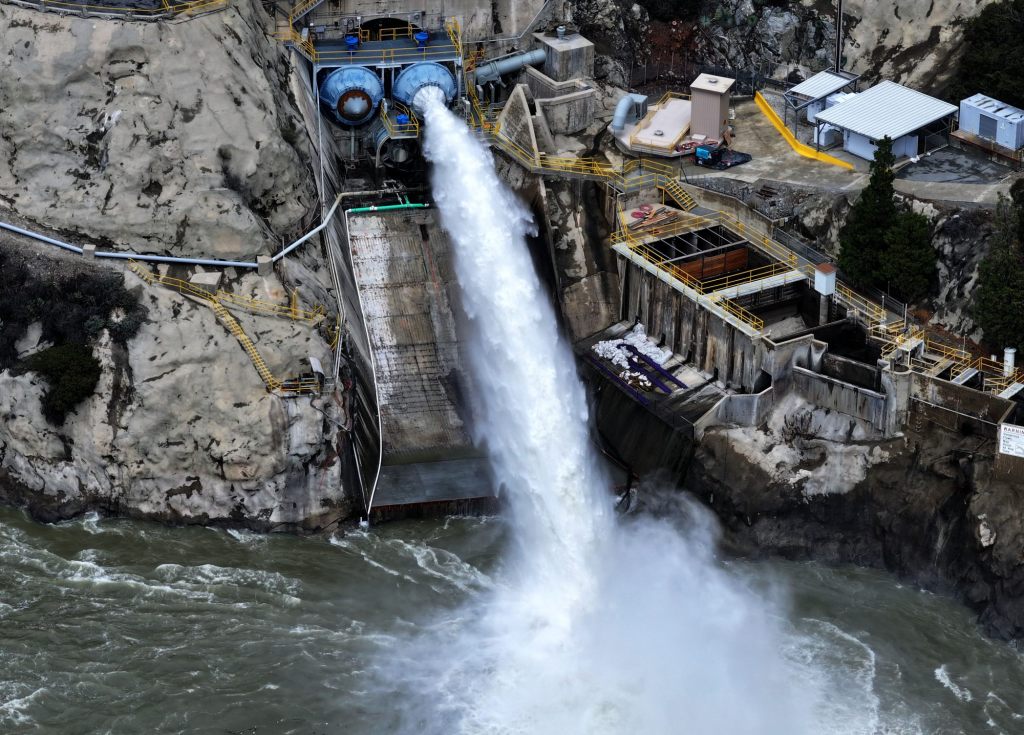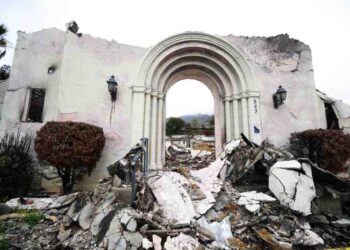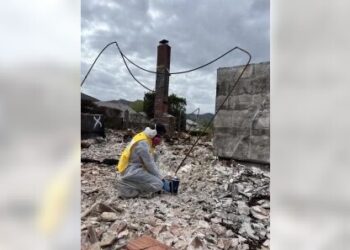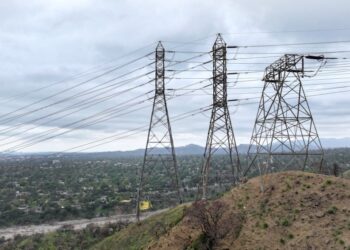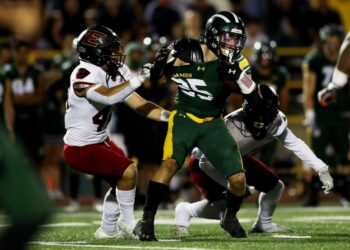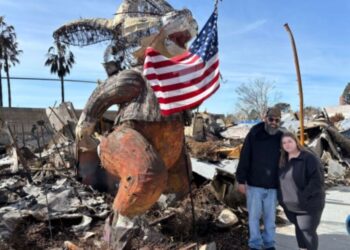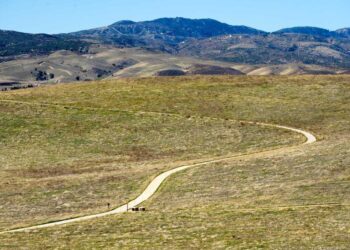Do you ever wonder what happens to the stormwater that starts out as rain during a monster deluge in Southern California?
If you answered, “It all flushes down to the Pacific Ocean,” you would be wrong, according to flood control and water supply managers in Los Angeles County.
About 90% to 95% of rainwater is captured behind 14 dams and then slowly released into the Los Angeles and San Gabriel rivers. The captured water pools in 27 permeable “spreading grounds” where it percolates into natural underground basins called aquifers, said Sterling Klippel, interim assistant deputy director of L.A. County Public Works.
From these below-ground reservoirs that contain groundwater, 200 local water agencies pump up the water from their wells and deliver potable water to millions of customers across L.A. County, he added.
It’s like dipping a straw into a tall drink.
“When it rains, and pours, that is our opportunity to get that rainwater and keep it from being wasted,” Klippel said.
Engineers and managers for L.A. County Public Works will be tested again Sunday and Monday, when a winter storm is expected to drop between 1.5 inches and 3.0 inches of rain on coastal and valley areas of Ventura and L.A. County, said Rich Thompson, National Weather Service meteorologist on Wednesday, Feb. 14.
Of course, between 5% and 10% of the rain doesn’t get stored and that’s mostly when rain is falling at high volumes and rushing down flood control channels at a fast clip. It also depends where the rain falls. If mostly on the lower elevations, the twin rivers can slow the flow. But that water has passed by the higher-elevation reservoirs in the San Gabriel Mountains and the San Fernando Valley.
Dams and water capture
Dams play a critical role in the capture of rainfall, including the water stored after the recent atmospheric river event on Feb. 4, Feb. 5 and Feb. 6 that dropped 10 inches on many residential areas. The rainfall totals are 24 inches to date this…
Read the full article here

